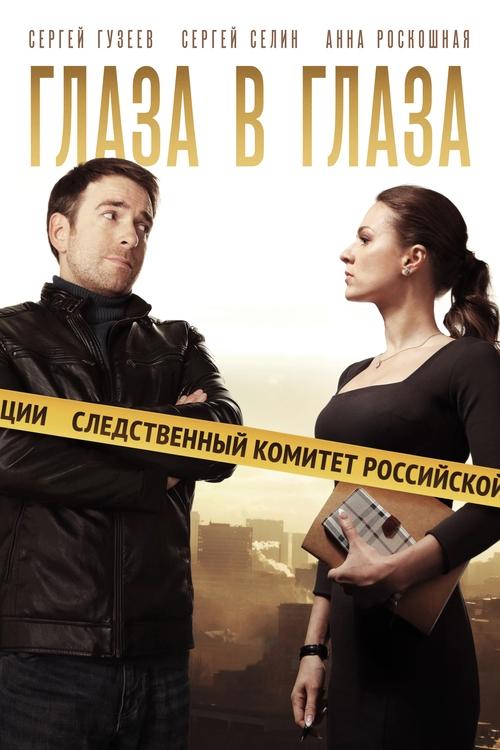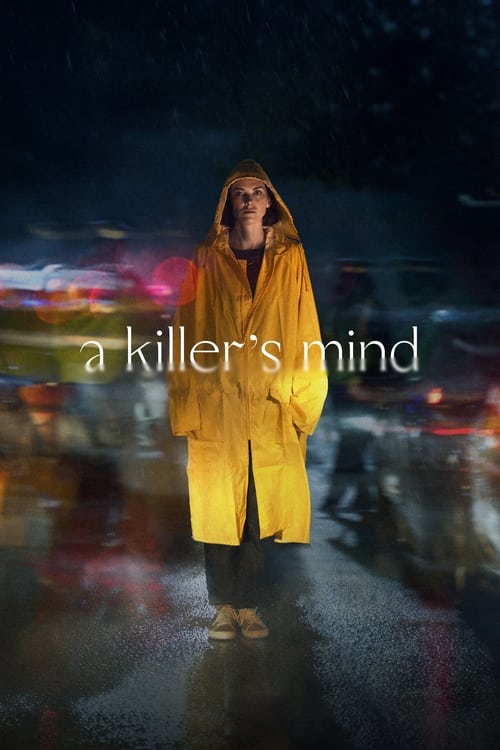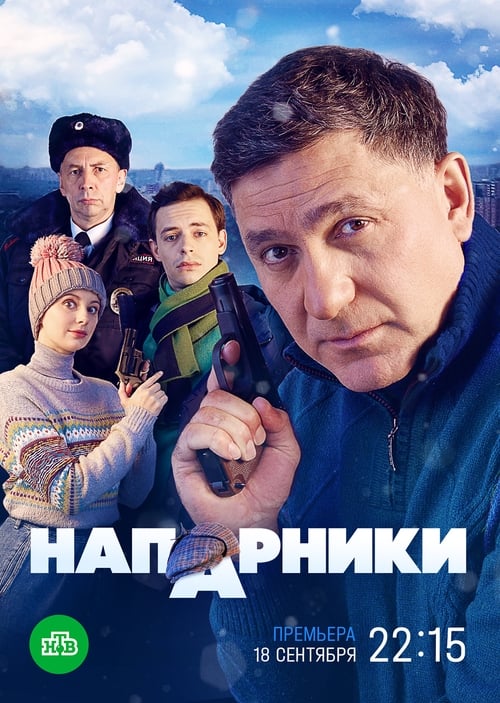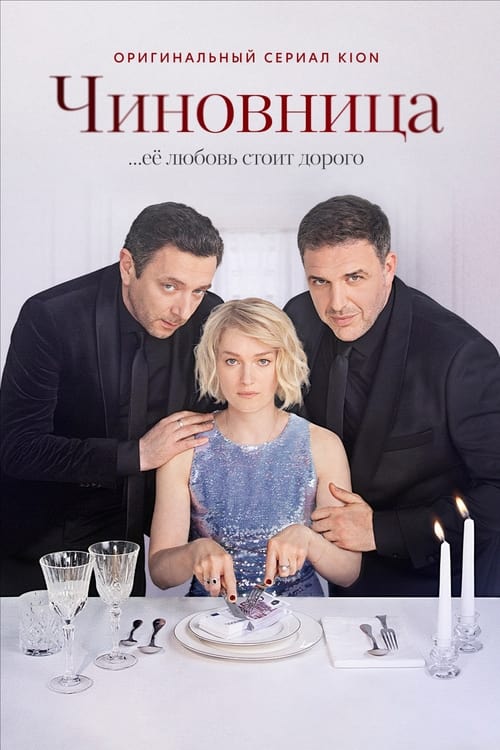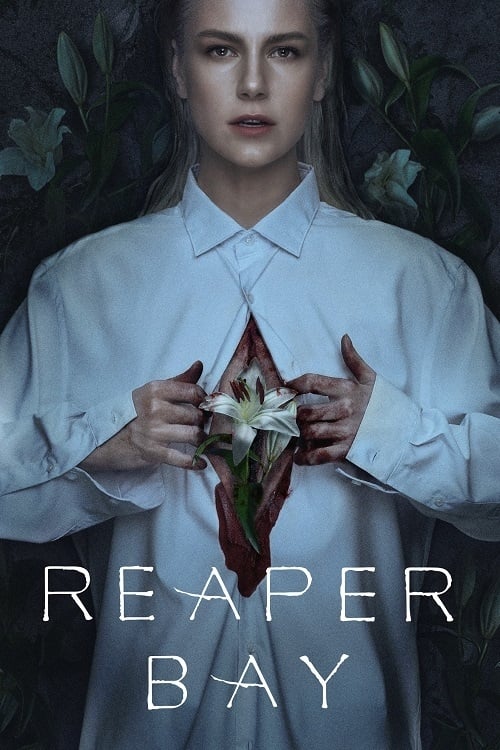
Ask Your Own Question
What is the plot?
In the opening scene of "Episode 6," the camera pans over a dimly lit interrogation room where Detective Sarah Mills sits across from a suspect, Mark Thompson. Mark appears anxious, fidgeting with his hands as Sarah presses him for details about the night of the murder. The tension is palpable as she reveals new evidence that contradicts his alibi, causing Mark to sweat and stammer. He insists he was at home, but Sarah's piercing gaze suggests she doesn't believe him.
The scene shifts to a flashback of the night in question. Mark is seen leaving a bar, visibly intoxicated. He stumbles down the street, and the atmosphere is thick with fog. As he walks, he receives a phone call from his friend, Jake, who urges him to come to a nearby alley. The flashback ends with Mark hesitating at the alley entrance, his face conflicted.
Back in the interrogation room, Sarah reveals that Jake has already confessed to being with Mark that night. Mark's expression shifts from anxiety to panic as he realizes the implications of Jake's confession. He pleads with Sarah, claiming he didn't do anything wrong, but she presses him further, suggesting that Jake might be trying to protect him by taking the fall.
The narrative then cuts to Jake, who is in a separate interrogation room. He appears more composed than Mark, but there is a hint of fear in his eyes. Detective Mills questions him about the events leading up to the murder. Jake recounts how he and Mark had a heated argument with the victim, Tom, over a gambling debt. He describes how things escalated, but he stops short of implicating Mark directly, instead framing the incident as a mutual confrontation.
The scene transitions to a flashback of the argument in the alley. Tom is aggressive, shoving Mark, who is visibly upset. Jake tries to intervene, but the situation spirals out of control. In a moment of rage, Mark pushes Tom, causing him to fall and hit his head on the pavement. The flashback ends with Mark and Jake standing over Tom's unconscious body, panic setting in as they realize the severity of the situation.
Returning to the present, Sarah confronts Jake with the evidence of the altercation. She suggests that they both had a motive to harm Tom, and she implies that they need to come clean about what really happened. Jake's facade begins to crack as he struggles with guilt and fear of the consequences.
The narrative then shifts back to Mark, who is now in a holding cell, pacing back and forth. He reflects on his choices and the friendship with Jake that is now hanging by a thread. His internal conflict is evident as he grapples with the idea of protecting his friend versus taking responsibility for his actions.
In a pivotal moment, Mark decides to confront Jake. The two are brought together in a shared holding area, where the tension is thick. Mark accuses Jake of throwing him under the bus, while Jake counters that they both need to face the truth. Their argument escalates, and they are separated by officers, but not before Mark shouts that he won't let Jake take the blame for something they both did.
The episode culminates in a dramatic twist when Sarah receives a call from the forensic team. They have found new evidence that suggests the murder was not as straightforward as it seemed. The scene cuts to Sarah's face, a mix of determination and concern, as she realizes that the case is far from closed. The episode ends with her vowing to uncover the truth, setting the stage for the next developments in the investigation.
What is the ending?
In the ending of "Murderers," Season 1, Episode 6, the tension reaches its peak as the main characters confront the consequences of their actions. The episode culminates in a dramatic showdown where secrets are revealed, leading to a tragic outcome for some and a bittersweet resolution for others.
As the episode unfolds, the atmosphere is thick with suspense. The characters gather in a dimly lit warehouse, a location that serves as a metaphor for the darkness surrounding their choices. The protagonist, Alex, is visibly shaken, grappling with guilt over the events that have transpired. His internal conflict is palpable as he reflects on the moral implications of his decisions.
In a pivotal moment, Alex confronts his former ally, Sarah, who has been harboring her own secrets. Their exchange is charged with emotion, revealing the depth of their betrayal and the strain on their relationship. Sarah, feeling cornered, reveals a shocking truth that changes the dynamics of their confrontation. The revelation sends shockwaves through the group, leading to a heated argument that escalates into chaos.
As tensions rise, the character of Mark, who has been a silent observer, finally steps forward. His motivations become clear as he attempts to mediate the conflict, but his efforts are met with resistance. The scene is fraught with desperation, and the stakes are raised when a weapon is drawn. The atmosphere shifts from verbal confrontation to physical danger, highlighting the fragility of their alliances.
In the climax, a struggle ensues, resulting in a tragic accident that leaves one character fatally wounded. The scene is heart-wrenching, capturing the raw emotions of shock and regret as the group grapples with the irreversible consequences of their actions. Alex, in particular, is left devastated, realizing that their quest for justice has spiraled into a nightmare.
As the episode draws to a close, the remaining characters are left to pick up the pieces. Alex, now burdened with guilt, decides to turn himself in, seeking redemption for his role in the events that unfolded. Sarah, grappling with her own demons, is left to confront the fallout of her choices, while Mark, having witnessed the destruction of their friendships, is left in a state of disillusionment.
The final scene lingers on the warehouse, now a haunting reminder of their shared past. The camera pulls away, leaving the audience with a sense of unresolved tension and the weight of the characters' fates hanging in the air. Each character is left to navigate their own path, forever changed by the choices they made in the pursuit of justice.
Is there a post-credit scene?
In "Episode 6" of the TV show "Murderers," there is indeed a post-credit scene that adds an intriguing layer to the narrative. The scene opens with a dimly lit room, where a single flickering light bulb casts shadows on the walls. The atmosphere is tense, filled with an unsettling silence that hints at something significant about to unfold.
As the camera pans slowly, it reveals a figure seated at a table, their face obscured by darkness. The sound of a clock ticking fills the air, amplifying the suspense. Suddenly, the figure leans forward into the light, revealing a familiar character from earlier in the season, whose expression is a mix of determination and anxiety.
They pull out a series of photographs from a manila envelope, each depicting various characters from the season, including some who have been pivotal in the unfolding drama. The character's fingers trace over the images, and a smirk begins to form, suggesting a deeper connection to the events that have transpired.
In a low, conspiratorial tone, they mutter to themselves about the next steps in their plan, hinting at a larger conspiracy that has yet to be revealed. The scene closes with a close-up of one photograph, which shows a character who has been presumed innocent, but the glint in the figure's eyes suggests that nothing is as it seems.
This post-credit scene leaves viewers with a sense of foreboding and curiosity, setting the stage for future developments and deepening the intrigue surrounding the central mystery of the series.
What key evidence is discovered in Episode 6 that changes the direction of the investigation?
In Episode 6, a crucial piece of evidence is found in the form of a hidden diary belonging to one of the victims. This diary contains entries that reveal the victim's fears and suspicions about someone close to them, which shifts the focus of the investigation towards a previously overlooked character.
How does the relationship between the lead detective and their partner evolve in this episode?
Throughout Episode 6, the lead detective grapples with feelings of frustration and doubt about their partner's methods. As they uncover new evidence, their relationship is tested, leading to a heated argument that ultimately brings them closer as they realize they must rely on each other to solve the case.
What role does the character of the victim's sibling play in the unfolding events of Episode 6?
The victim's sibling becomes a pivotal character in Episode 6, as they reveal hidden family dynamics and past grievances that provide motive for several suspects. Their emotional turmoil and conflicting feelings about their sibling's death add depth to the investigation.
What significant confrontation occurs between the detectives and a suspect in this episode?
In Episode 6, a tense confrontation occurs between the detectives and a key suspect who has been evasive throughout the investigation. The suspect's defensive demeanor and emotional outburst during the questioning reveal cracks in their alibi, leading to a breakthrough in the case.
How does the episode explore the theme of betrayal through the actions of a specific character?
The theme of betrayal is explored through the actions of a close friend of the victim, who is revealed to have been hiding critical information. Their internal conflict and eventual decision to come forward create a dramatic turning point in the episode, highlighting the emotional weight of loyalty and deception.
Is this family friendly?
"Murderers," season 1, episode 6, contains several elements that may not be suitable for children or sensitive viewers. The episode features intense scenes of violence and murder, which are depicted in a graphic manner. There are also moments of emotional distress, including characters experiencing grief and trauma related to loss. Additionally, themes of betrayal and moral ambiguity are prevalent, which may be unsettling for younger audiences. The dialogue includes strong language and discussions of dark themes that could be distressing. Overall, the episode's focus on crime and its psychological impacts may not be appropriate for family viewing.




